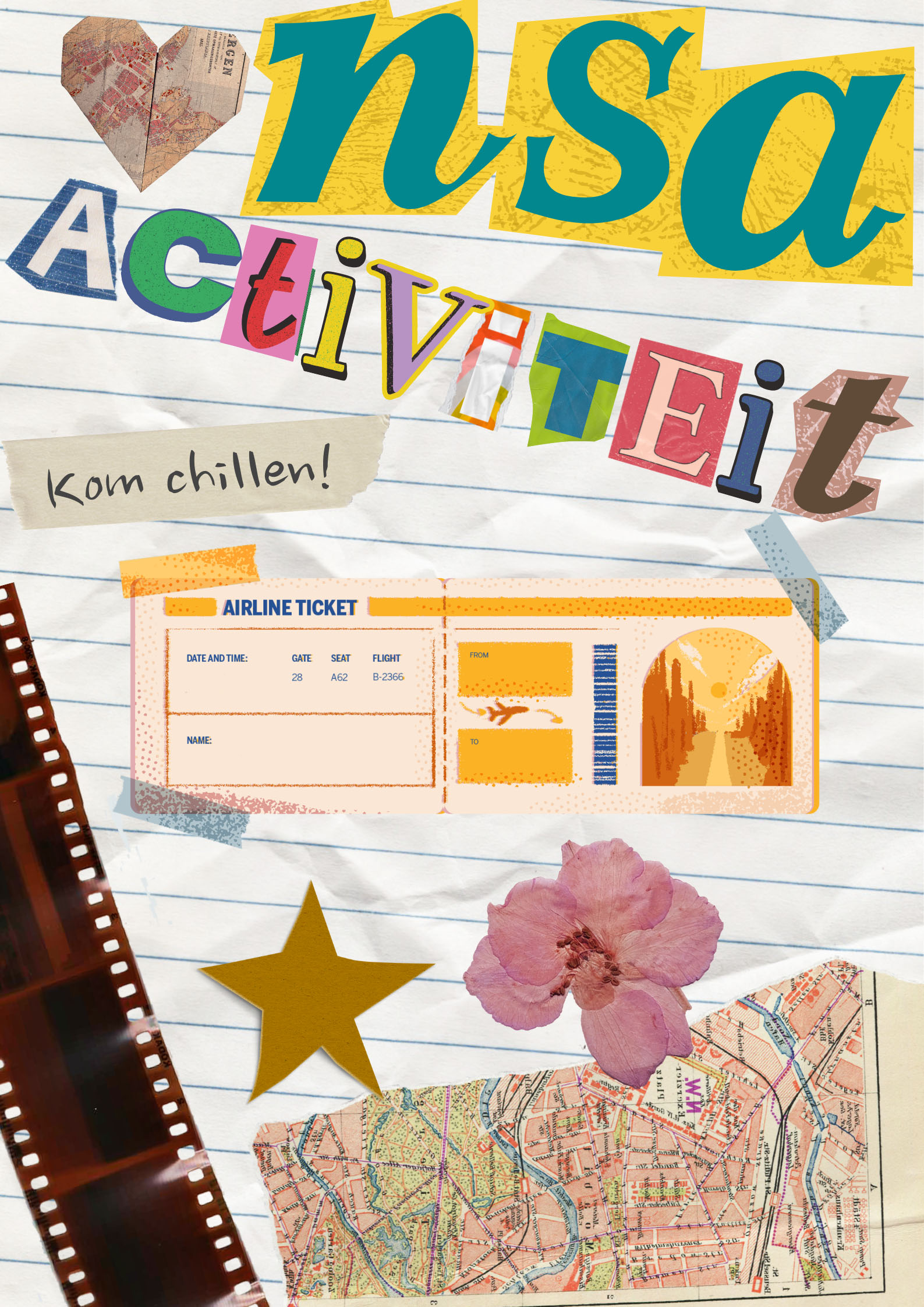
Activities / Symposium 2018

The study association for Mathematics, Physics and Astronomy will host her yearly symposium on Wednesday the 14th of November. This years theme will be information, all the guest speakers will connect their field of work to this subject. We can expect some interesting lectures, especially at this time where we’re being overwhelmed by all sorts of data and information.
Four guest speakers, from different fields of study, will each lecture us for 50 minutes. Since there will be some international speakers, the language of conduct will be English. Here’s a little preview of the four guests and what they will tell us about.
Prof. dr. Artur Ekert, currently a professor at Oxford will be talking about 'is there a perfect cipher?' Hereby the abstract of his talk:
Human desire to communicate secretly is at least as old as writing itself and goes back to the beginnings of our civilisation. The struggle between code-makers and code-breakers had several times affected the course of history and the formidable mathematical task of breaking increasingly more complicated ciphers contributed to the development of computer science. I will describe briefly how people protected information in the past and how it is done today. Physicists play increasingly more important role in this field because the process of sending and storing of information is always carried out by physical means, for example, by sound, light or radio waves. In particular, eavesdropping can be viewed as a measurement on a physical object, in this case the carrier of the information. What the eavesdropper can measure, and how, depends exclusively on the laws of physics. Using quantum phenomena physicists managed to design and to implement a system which is regarded to be unbreakable. I will outline the basic principles behind quantum cryptography.
Dr. Magnus Bakke Botnan is a professor teaching at the VU in Amsterdam and he will tell us about Topological Structures in Data. Hereby the abstract of his talk:
Analyzing and interpreting large and complex data sets is a daunting task. If the data are aligned along a straight line or split nicely into well-separated subsets, then traditional tools from machine learning and statistics will easily uncover this. But what if the data are organized along a more complicated geometry in such a way that low-dimensional embeddings cannot accurately capture the right ’shape'? In this talk I will show how ideas from (algebraic) topology can be utilized in order to uncover qualitative information about the shape of high-dimensional data.
Prof. dr. Hendrik Lenstra is a professor from Leiden and he will be talking about Escher and the Droste effect. Hereby the abstract of this talk:
In 1956, the Dutch graphic artist M.C. Escher made an unusual lithograph with the title `Print Gallery'. It shows a young man viewing a print in an exhibition gallery. Amongst the buildings depicted on the print, he sees paradoxically the very same gallery that he is standing in. A mathematical analysis of the studies used by Escher leads to a series of hallucinating computer animations, which show, among others, what happens inside the mysterious spot in the middle of the lithograph that Escher left blank.
PD dr. Torsten Enßlin is a professor from Münich and will tell us about information field theory. Hereby the abstract of his talk:
Charting the Universe from measurements is a challenging information theoretical problem. The finite data provided by instruments is never able to constraint the infinite degrees of freedom of the physical fields we are interested in astronomy or other areas. Additional information like physical laws and empirical correlations has to be folded into the field inference. Information field theory (IFT) is a generic Bayesian framework for field inference that enables the consistent fusion of measurement data and theoretical concepts exploiting techniques developed for quantum field theory. IFT provides optimal methods to generate images exploiting all available information. Existing applications of IFT in astrophysics are galactic tomography, gamma- and radio- astronomical imaging, and the analysis of cosmic microwave background data. Applications in preparation are inferring the dynamics of an observed field and the fusion of measurements from complementary instruments into coherent pictures. Besides its practical application, IFT has interesting conceptual relations to thermodynamics, the idea of emerging space-time and contemporary machine learning.
For a small price of €5,- you will be able to experience this promising afternoon with us. If you’re a member of Nederlandse Natuurkundige Vereniging (NNV) you will get a refund of €2,- at the symposium. The symposium itself will be from 13:00 until 17:00. Coffee, thee and sandwiches will be served and the event will be followed by beers and drinks at the Brainwave in the main hall of Science Park.
The departments have arranged for several classes to be moved from the afternoon itself to other times during the week, so students can come without missing class. In addition, bachelor students studying Physics may be glad to hear that attendance is accompanied by an Orientation point.
